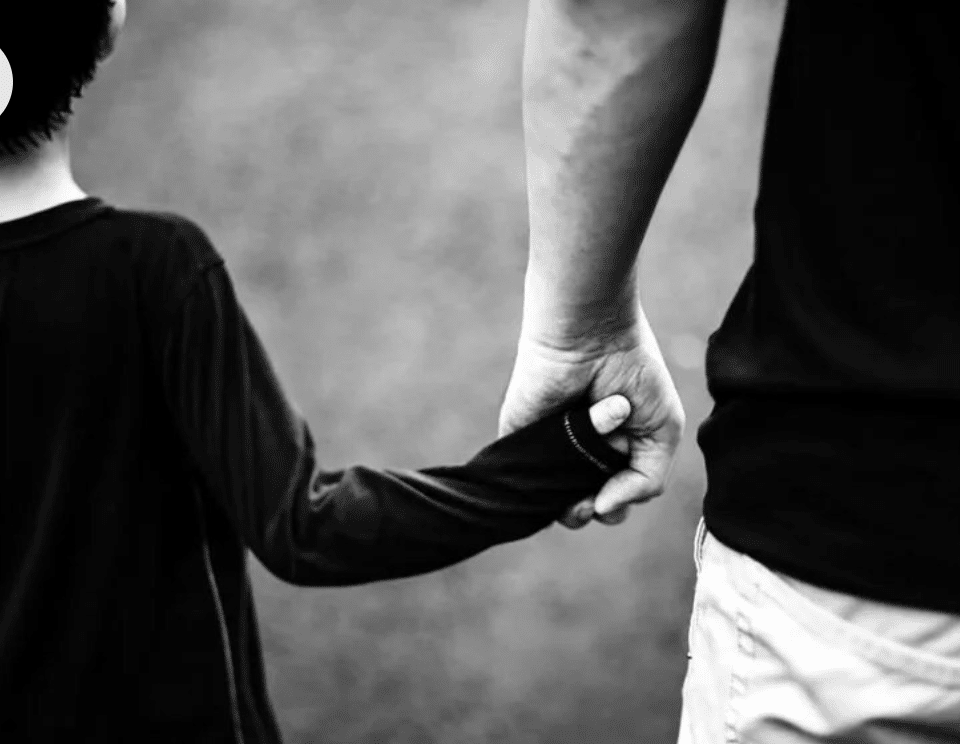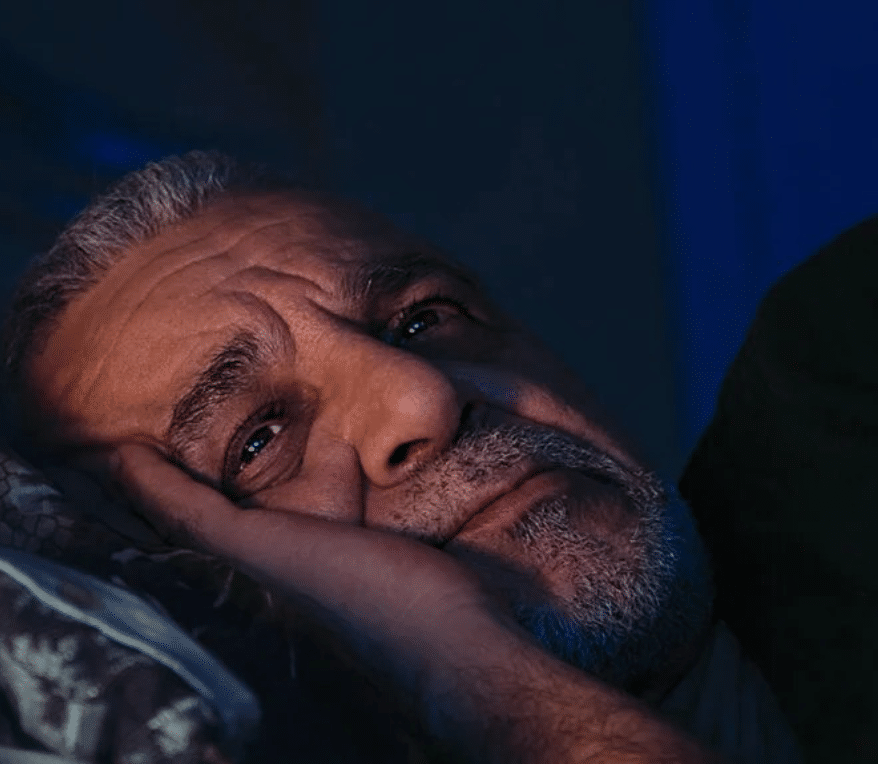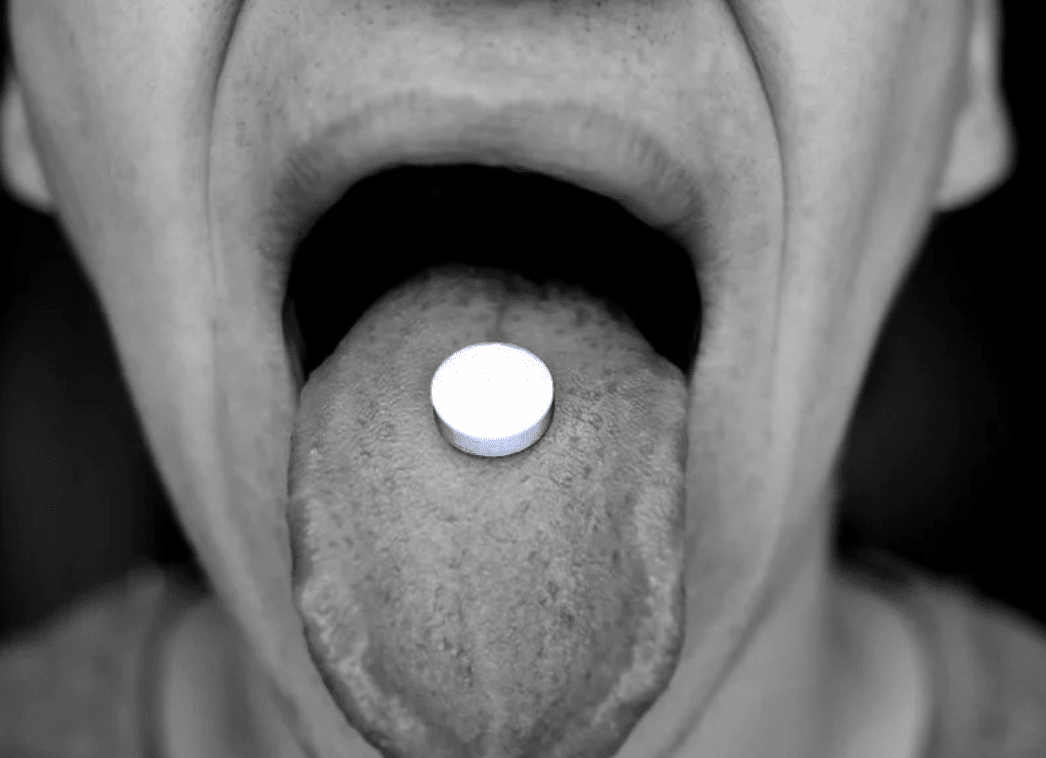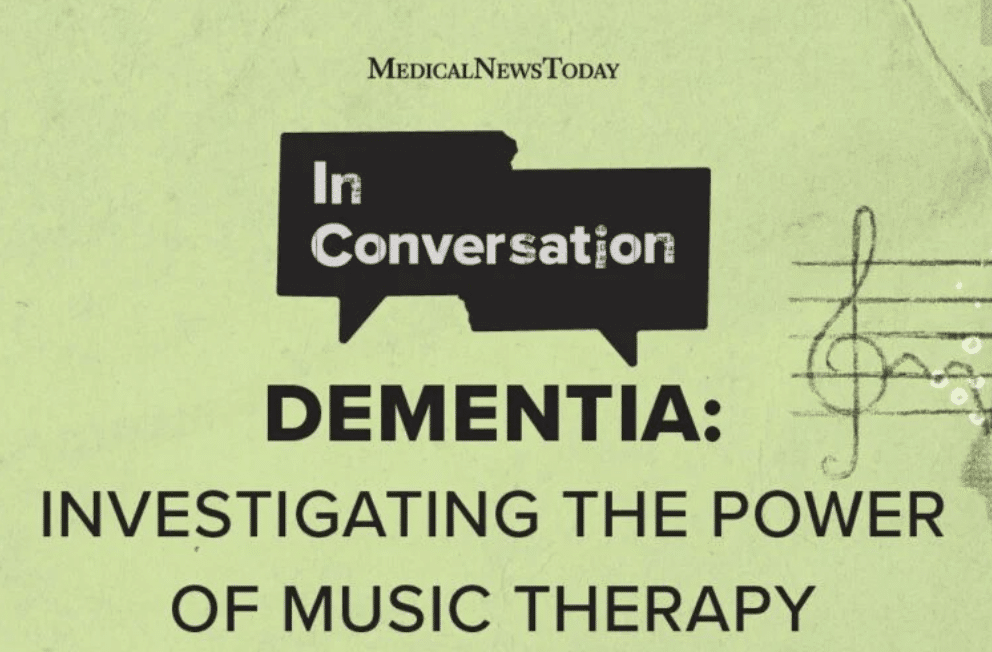With effective treatment of antiretroviral medication, people with HIV can live healthy lives without the risk of transmitting the virus to others.
In this article, we look at the early signs and symptoms of HIV in men, along with when they should take a test to ensure they receive effective treatment.
nitial HIV symptoms are usually vague and unspecific in men. Early symptoms of the infection are usually bearable and frequently mistaken for flu or another mild condition.
As such, men may undervalue the symptoms and put off seeing a doctor until the symptoms worsen, at which time the infection might be very advanced. The fact that some men do not receive timely treatment may be a reason why men are more severely affected by the disease than women.
However, this may not be true for every man. Besides flu-like symptoms, some men may also experience more severe symptoms early on, such as:
In rare cases, it is possible for the condition to progress to AIDS rapidly.
Early signs and symptoms of HIV
Early signs and symptoms of HIV are generally subtle in men. People may easily underestimate them or mistake them for minor health conditions.
Men can experience flu-like symptoms some days to weeks after contracting the virus, which may include:
- fever
- skin rash
- headaches
- a sore throat
- tiredness
Less common early HIV symptoms include:
- ulcers in the mouth
- ulcers on the genitals
- night sweating
- nausea or vomiting
- sore muscles
- pain in the joints
- swollen lymph nodes
How common is HIV in men and women?
Although scientists and researchers have made significant progress in the prevention and treatment of HIV over the last decades, it remains a serious health problem in most countries around the world.
According to the Centers for Disease Control and Prevention (CDC), in 2016, an estimated 39,782 people were diagnosed with HIV in the U.S.
Although the number of new diagnoses fell by 5 percent between 2011 and 2015, there were still around 1.1 million people in the U.S. living with HIV in 2015.
A higher number of men than women are living with the virus. By the end of 2010, 76 percent of all people with the virus in the U.S. were male. Most new diagnoses that year were also in men: approximately 38,000, which represents 80 percent of all new diagnoses.
Some groups of people are affected more by HIV than others. Among men, 70 percent of new diagnoses were a result of male-to-male sexual contact in 2014. A further 3 percent were associated with male-to-male sexual contact and injection drug use.
In 2016, 44 percent of new HIV diagnoses were among African Americans, compared with 26 percent among white people and 25 percent among Hispanics and Latinos.







